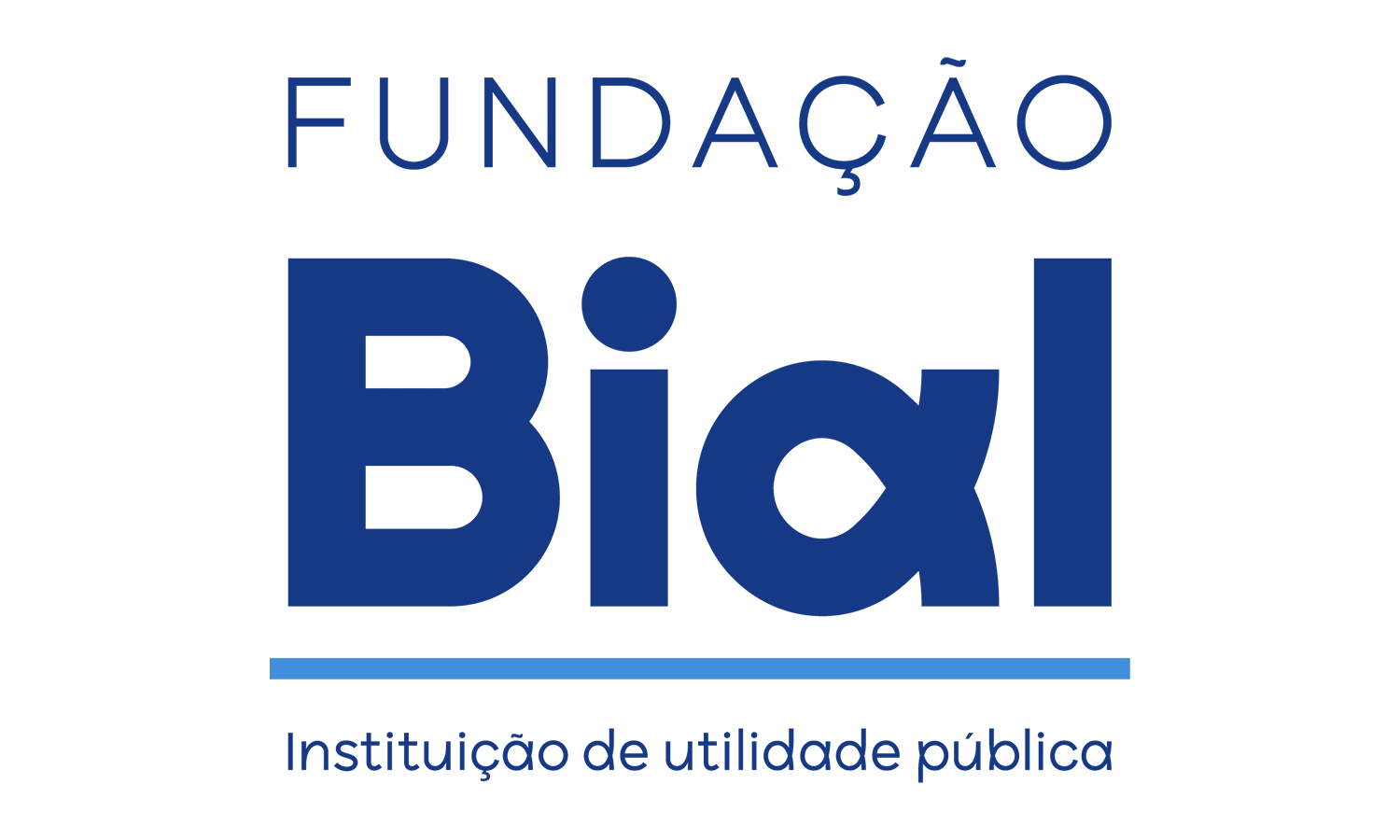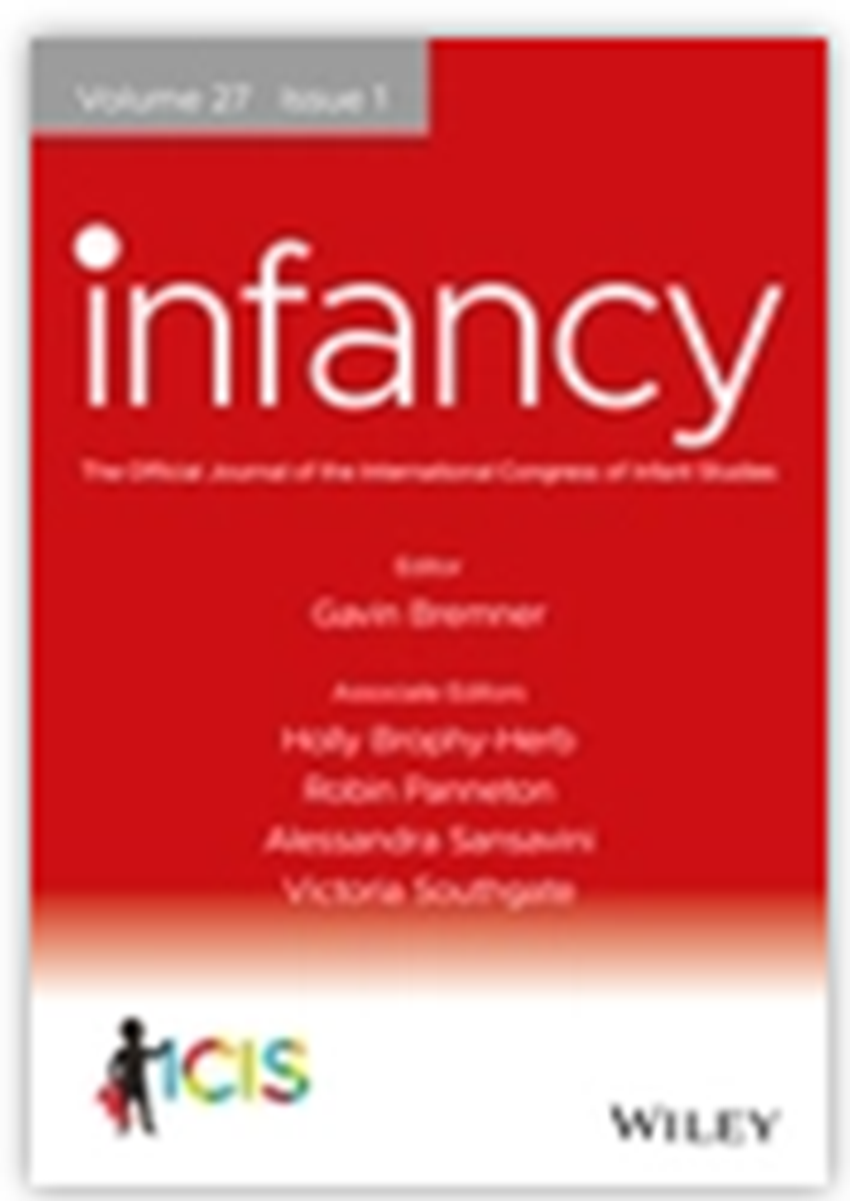Adriana Sampaio, apoiada pela Fundação BIAL no âmbito do projeto 42/08 – Marcadores fisiológicos de processamento sensorial do recém-nascido, conclui que em crianças de 1 mês de idade já é possível observar os componentes P2 e N2 para estímulos auditivos. Estes resultados são consistentes com a perspetiva que demonstra a associação entre o processamento auditivo e resultados desenvolvimentais. O artigo que detalha estes resultados Cortical auditory evoked potentials in 1-month-old infants predict language outcomes at 12 months foi publicado na revista científica Infancy.
“The neurophysiological assessment of infants in their first developmental year can provide important information about the functional changes of the brain and supports the study of behavioral and developmental characteristics. Infants' cortical auditory evoked potentials (CAEPs) reflect cortical maturation and appear to predict subsequent language abilities. This study aimed to identify CAEP components to two auditory stimulus intensities in 1-month-old infants and to understand how these are associated with social interactive and self-regulatory behaviors. In addition, it examined whether CAEPs predicted developmental outcomes when infants were assessed at 12 months of age. At 1 month, P2 and N2 components were present for both auditory stimulus intensities, with an increased P2 amplitude being observed for the higher-intensity stimuli. We also observed that an increased P2 amplitude in the lower intensity predicted receptive and expressive language competencies at 12 months. These results are consistent with previous findings indicating an association between auditory processing and developmental outcomes in infants. This study suggests that specific auditory neurophysiological markers are associated with developmental outcomes in the first developmental year.”
































































































